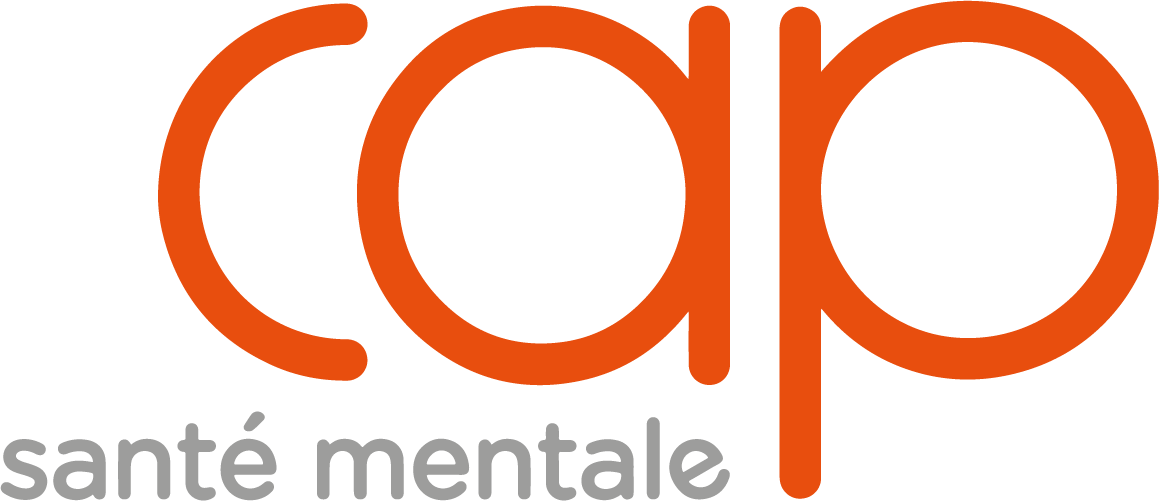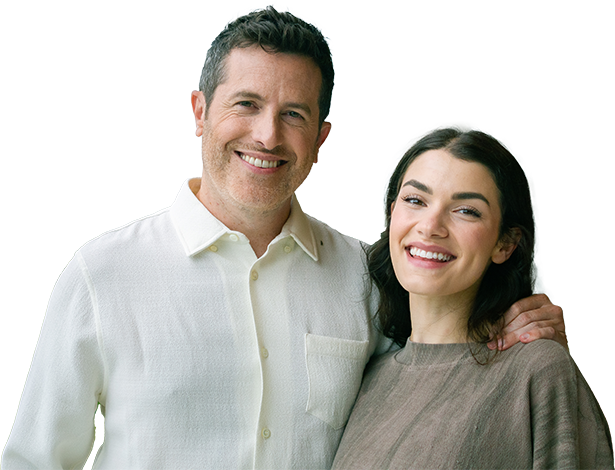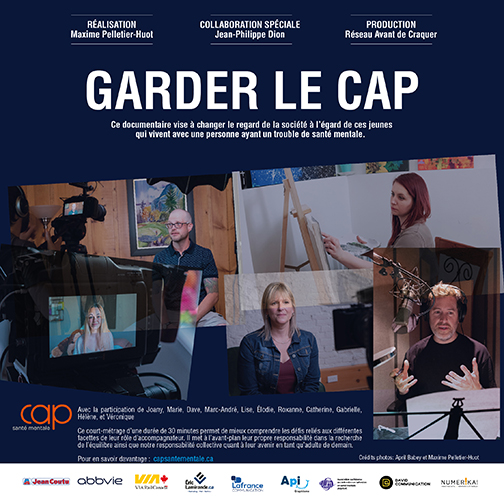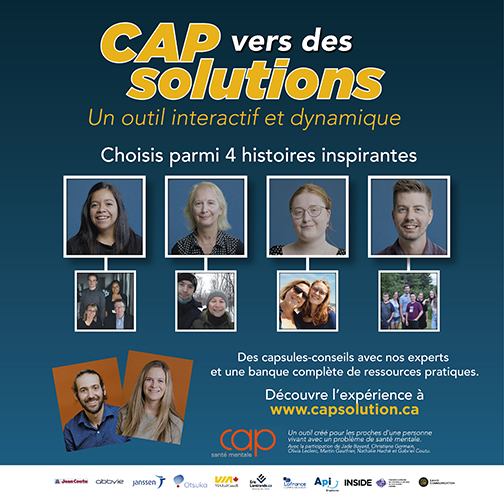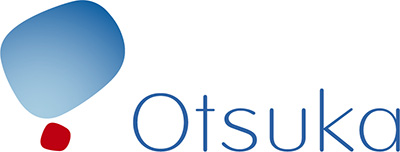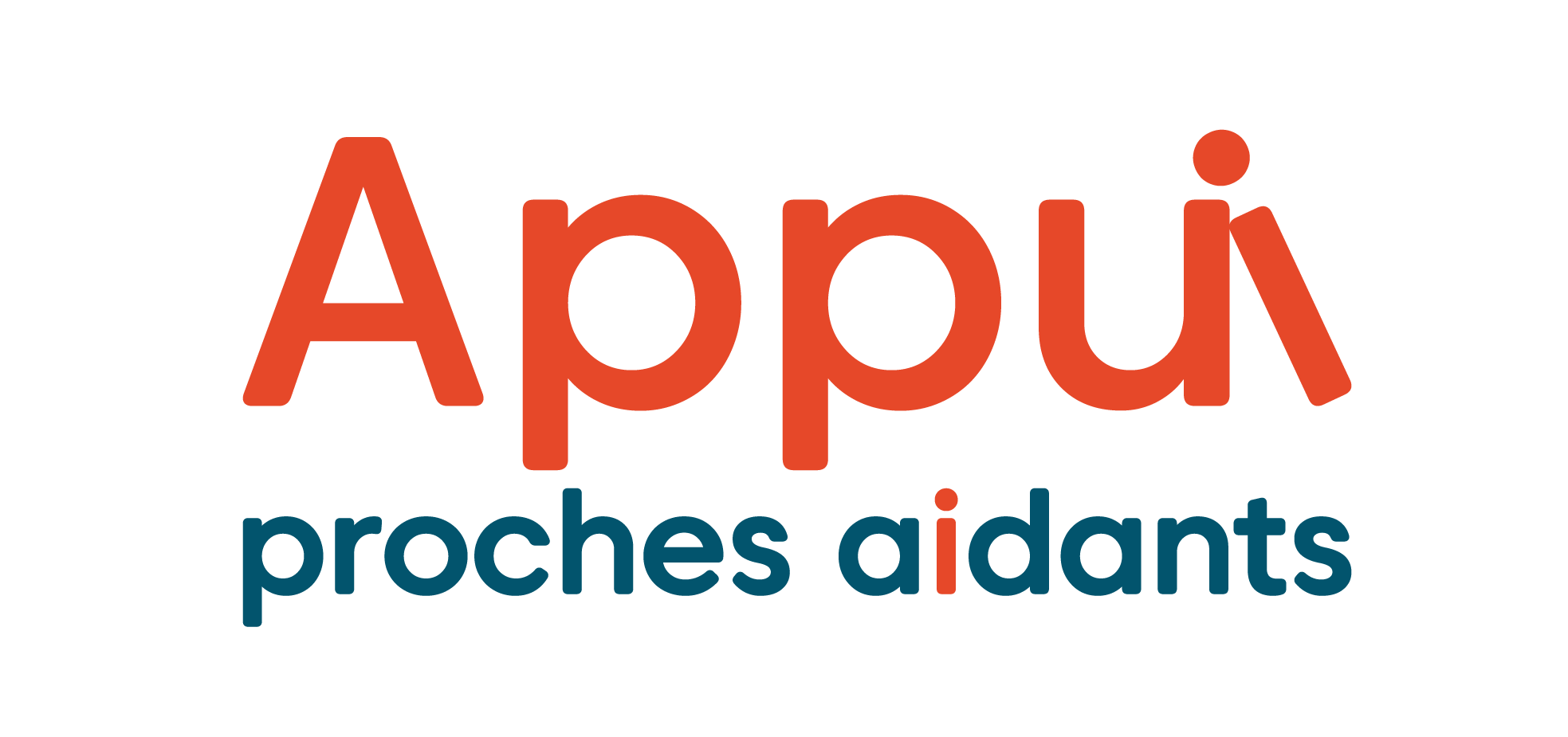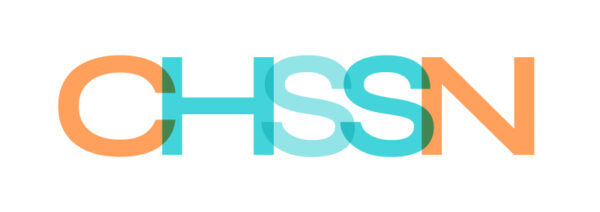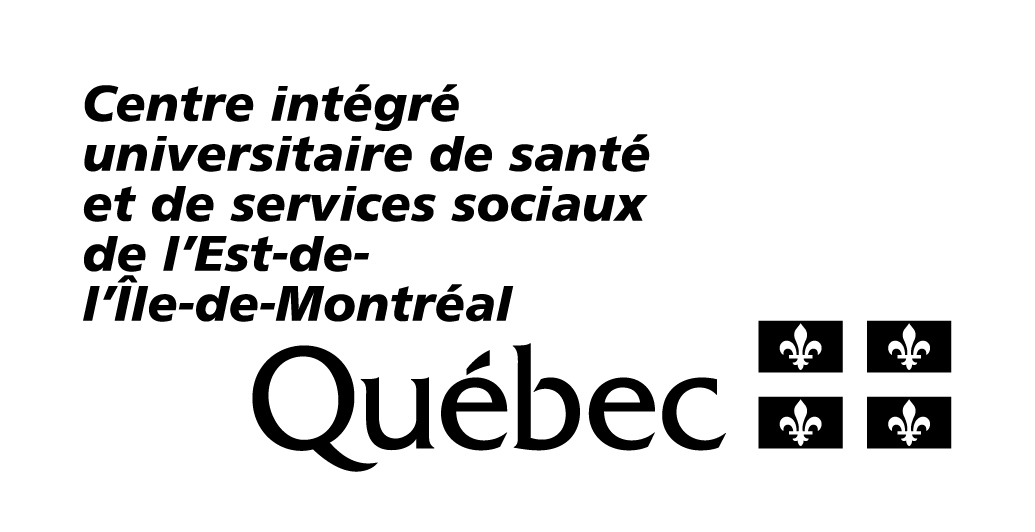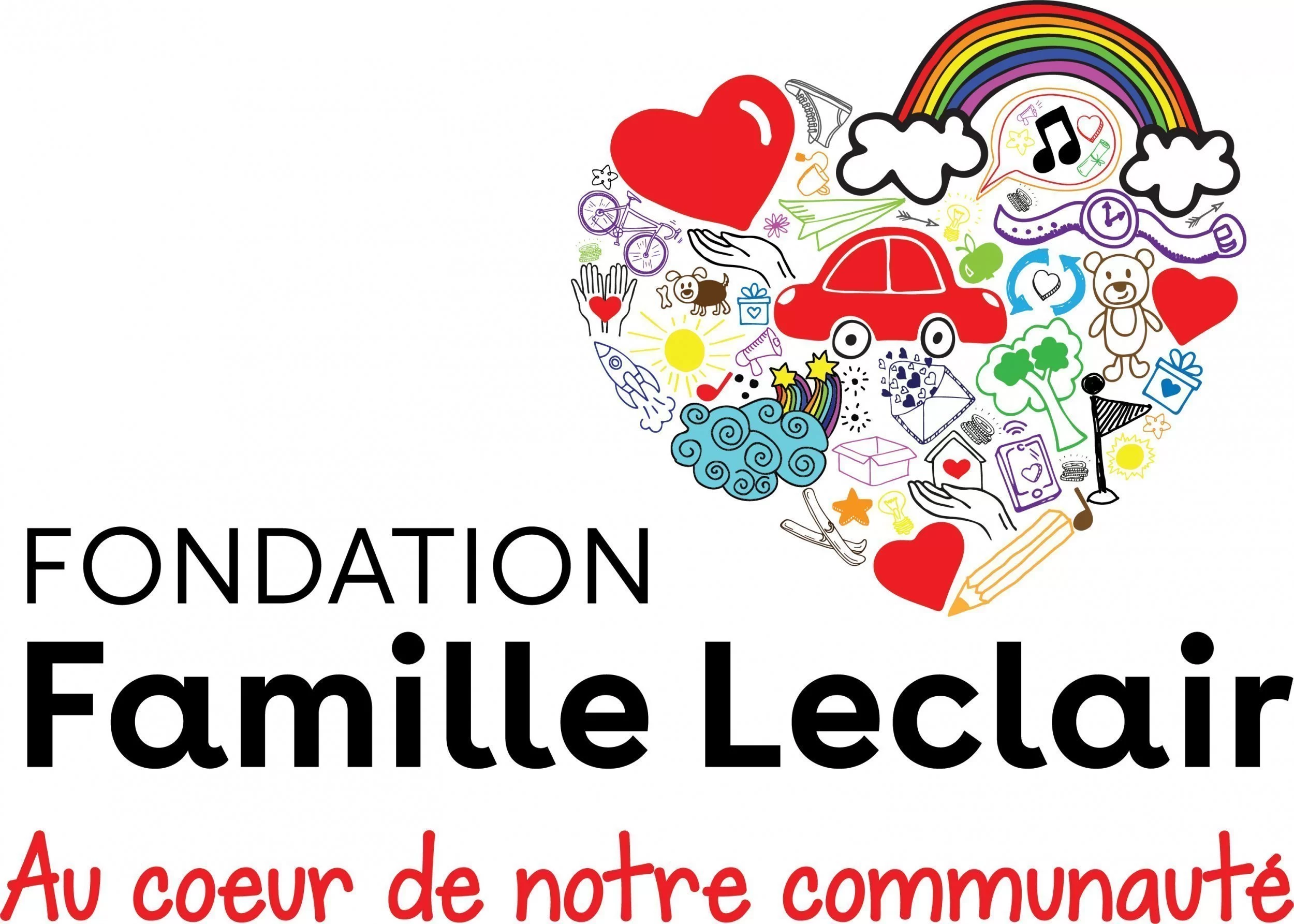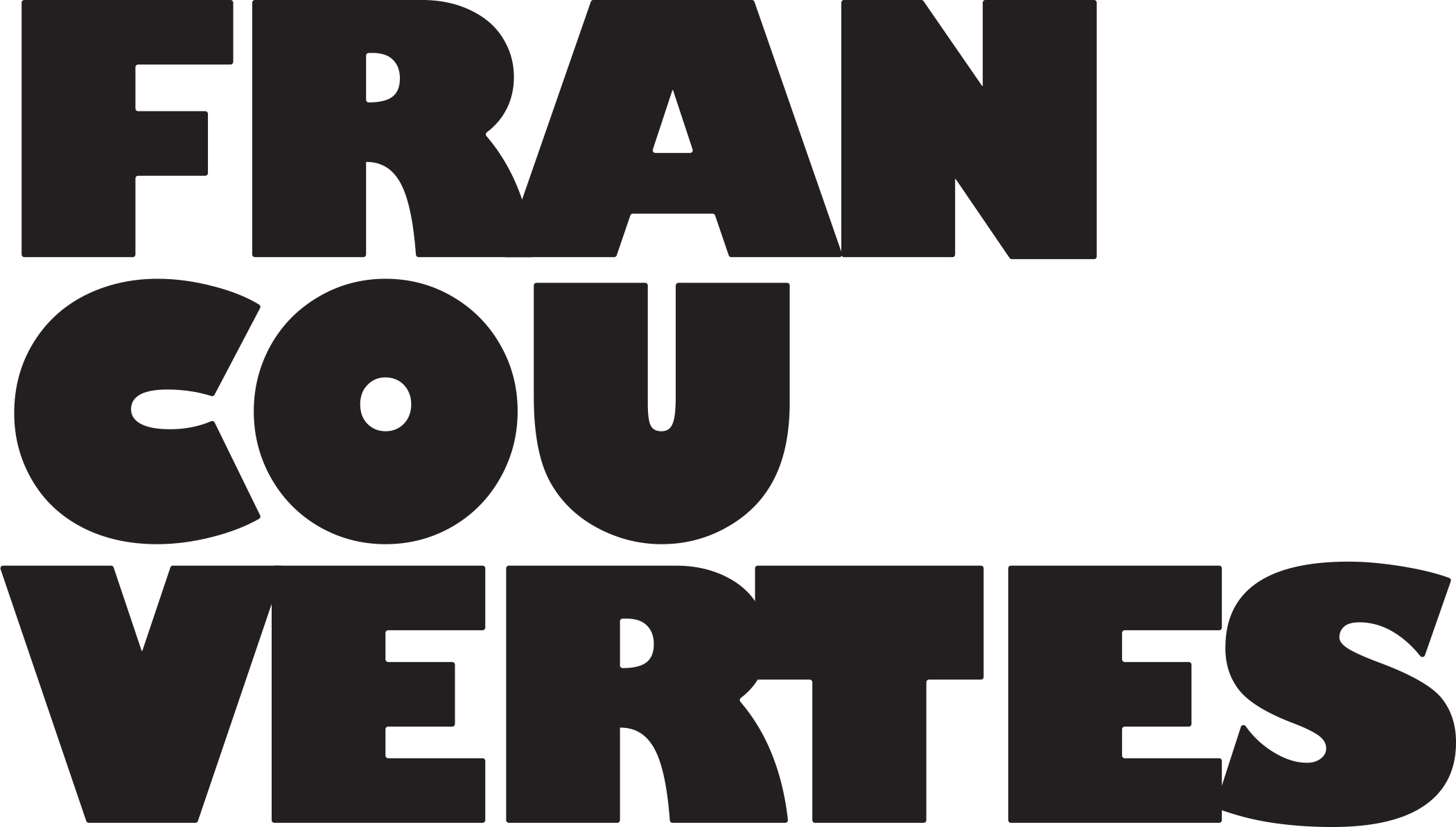Codependency: the difference between close and fused relationships
In the Garder le CAP documentary, Gabrielle Brind’Amour discusses the concept of codependency when one partner in a relationship is living with a mental health disorder. Does this concept apply exclusively to couples? We asked her to explain the topic of codependency in further detail.
“Two people are needed to form a codependent relationship, and these two people don’t always have to be a couple. Codependency can also happen in parent-child relationships as well as in certain types of friendships. It happens when one person seems to have something the other is missing and vice versa. They find in each other what they are lacking in themselves.
There is something reassuring about codependency, because if there is something I don’t know how to do, or if I feel there is something I don’t have, the other person fills in the blanks. So, by latching on to them, I get a little bit of what I need.
All relationships, whether between couples, parents and adult children or friends, should aim to be egalitarian and fulfiling.
How do we avoid falling into the trap of codependency?
One way to do this is to learn how the other person can teach me to develop this aspect, to take ownership of this strength, instead of depending on them for it.
Codependency is very useful! There is something very rewarding about knowing that another person needs me and that they will always be there for me. However, when we take responsibility for our own life and our own emotions, it gives the other person the opportunity to do the same.
When it comes to love, it’s important to distinguish between closeness and fusion. Being close to someone doesn’t mean being fused to them. You can still be your own full person and be in a close relationship. You can be super close and still be two separate people. You don’t have to become one person. Psychologist and lecturer Rose-Marie Charest said: “It’s important for couples to create a third space. 1+1 equals 3 in this case, not 2. There’s you, there’s me, and there’s our space. This third space is what we share together.”
So, rather than being codependent, we are in a relationship. We are together by choice, rather than by need. When you leave a fused relationship, you no longer feel responsible for the other person’s life. Each person’s life, body, mind and emotions are their own. Asking “How can I assist?” is one thing. Asking “How can I take charge?” is an entirely different thing.
Codependency can be put aside when we realize that a relationship takes two people. Not just me. Each person has their own life. We are all people in our own right, with different needs. When you are able to view the people in a relationship as two separate individuals, you shift from fusion to closeness and it becomes a much healthier relationship.”
